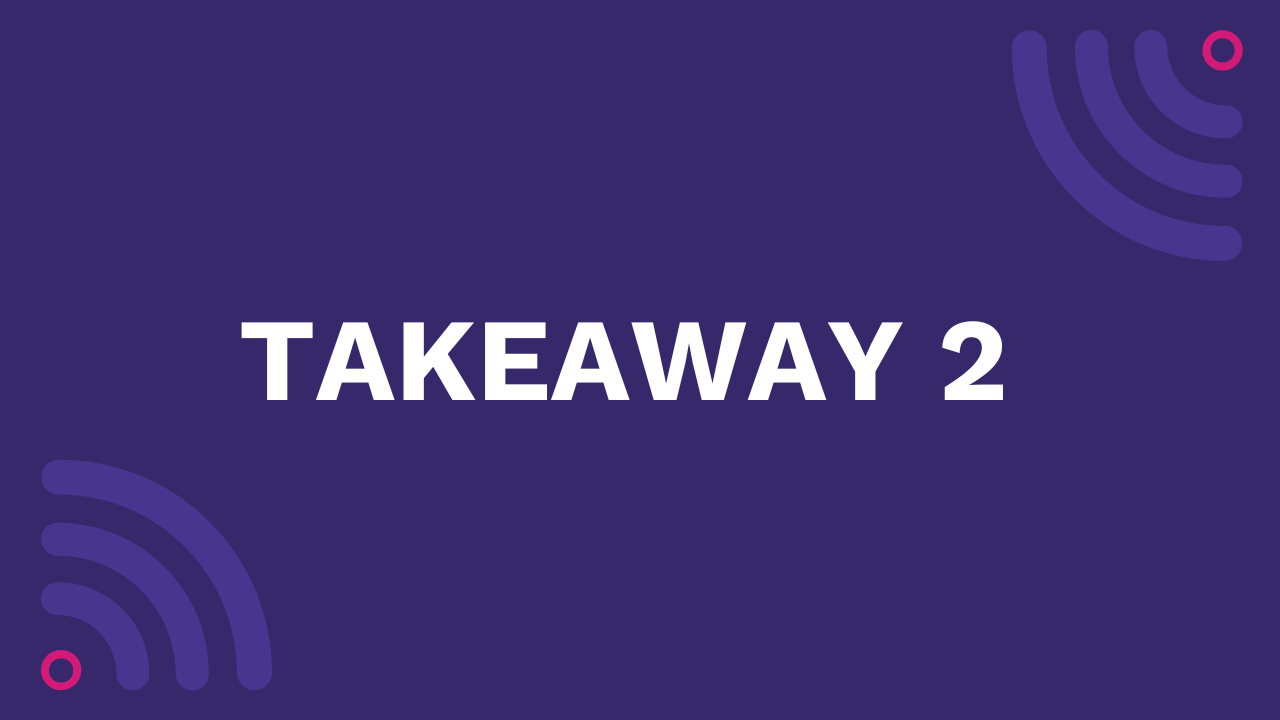Huggins Hospital TeleStroke Case Study
ABOUT
Huggins Hospital is a 25-bed critical access community hospital in Wolfeboro, NH. They provide friendly service and medical expertise to the region’s year-round population of 30,000 residents and approximately 120,000 seasonal residents. Last year they provided immediate care and consideration for thrombolytic treatment and subsequent tertiary care for over 75 visitors presenting stroke symptoms.
THE PROBLEM
During the second half of 2021, Huggins Hospital recognized their stroke identification and activation times were trending upward, delaying the evaluation of potential stroke alert candidates. The root cause of the increased TeleStroke activation times was identified as the prolonged wait for an available ED physician to screen the patient and confirm stroke alert prior to activation.
THE SOLUTION
Empowering the triage nursing staff to activate the stroke alert based on a BEFAST screening would reduce the activation time and allow ED physicians to see other patients. Extensive re-education was provided to the triage and ED staff on the proper use of the BEFAST screening tool to identify stroke symptoms warranting an activation. Triage RNs were also authorized to activate the stroke alert based on their own BEFAST screening assessment, allowing the stroke specialist to quickly begin evaluating the patient for treatment with a thrombolytic.
Since the implementation of this PI measure and the successful re-education of staff, Huggins has experienced a 70% improvement in their TeleStroke activation average.














